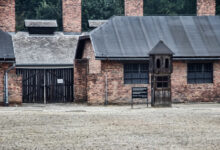Auschwitz, the site of the largest of the Nazi concentration and extermination camps, stands as a poignant reminder of one of history’s darkest chapters. Each year, over a million visitors come to bear witness to the remnants of the atrocities committed here, seeking to understand and honour the memory of those who suffered.
Located in Oświęcim, a town in southern Poland, reaching Auschwitz is a matter of logistical planning whether you’re in Krakow, Warsaw, Katowice, or Wroclaw.
Visiting Auschwitz independently requires you to navigate the local transport systems. Trains and buses are available from major Polish cities and can take you to the town of Oświęcim. Once there, local shuttles or a short walk will bring you to the Auschwitz I site where the museum is located.

For those preferring a more structured visit, guided tours are readily available, especially from Krakow, the city closest to Auschwitz.
These tours typically offer comprehensive packages that include transport and admission, with the added value of a knowledgeable guide to provide context and deeper understanding of the site.
Whether opting for a self-guided excursion or the convenience of an organised tour, it’s essential to approach your visit with respect and reflection, given the gravity of the site you’re about to witness.
Planning ahead is key; securing tickets in advance is highly recommended due to the site’s high visitor numbers.
Transportation options are plentiful, and with the right preparations, you can ensure your visit to Auschwitz is both meaningful and deeply educational.
Table of Contents:
Planning Your Visit to Auschwitz
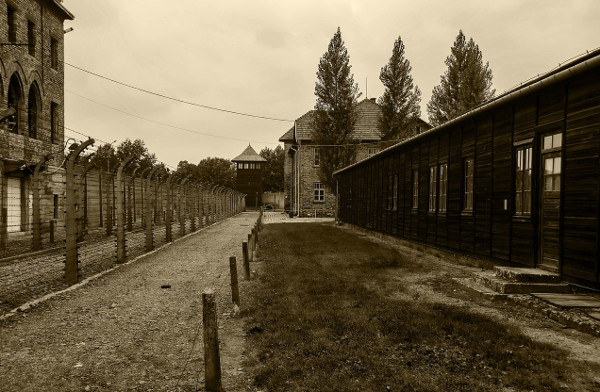
When preparing for a visit to Auschwitz, it’s crucial to familiarise yourself with several important aspects such as ticket procurement, visiting hours, transportation, site regulations, and practical advice to make the most of your experience.
Ticket Information
To visit Auschwitz, you need to book an entry pass. Advance reservations are highly recommended to ensure your spot, especially for guided tours which are required for the full experience.
Tickets and reservations can be made through the official website at visit.auschwitz.org. Note that individual visitors can enter the museum with a guide-educator, which is included in the entry ticket.
Opening Hours of Auschwitz museum
Opening hours vary depending on the season, and it’s advisable to check them on the memorial’s website before planning your trip. Generally, the memorial opens at 7:30 am and closes between 2:00 pm and 7:00 pm throughout the year.
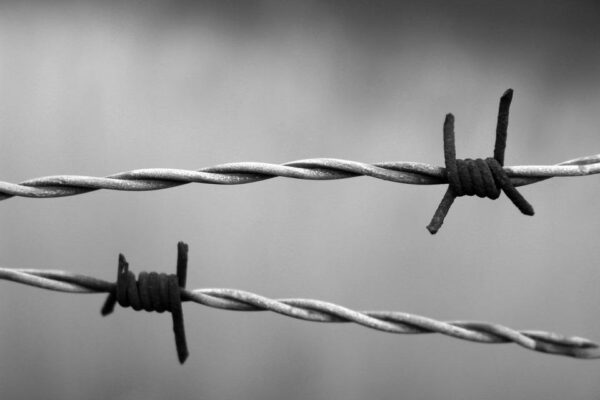
Getting to Auschwitz
From Krakow, you can take a bus or train to Oświęcim. If you’re staying in cities like Warsaw or Wroclaw, a pre-arranged tour with transportation might be more convenient.
In every case, consider the time it will take to travel, ensuring you arrive on time for your booked slot.
Rules and Security
Upon arriving, you’ll undergo a security check. Large bags and backpacks are not permitted on the site, so pack light or use the luggage storage facilities.
Follow the rules of visiting, which include preserving the dignity of the memorial and refraining from disruptive behaviour.
Essential Tips
- Wear comfortable shoes as you’ll be walking extensively.
- It is advised against bringing food and drinks on the premises.
- Remember, Auschwitz is not just a tourist destination but also a place of great historical significance and tragedy; be respectful at all times.
Contact Details
For more practical info or help, contact the memorial’s visitor service:
- Phone: Provided on the official website.
- Email: Provided on the official website.
Ensure you have these details handy should you need assistance or information during your visit.
Understanding Auschwitz

Before you plan your visit, it’s essential to grasp the profound historical significance of Auschwitz, which encompasses the largest of the Nazi Germany concentration and extermination camps from World War II.
The History of Auschwitz
Auschwitz was originally established by Nazi Germany in 1940 and became the site of the largest mass murder in history. This complex was central in the Holocaust, the genocide that led to the deaths of over a million victims, mostly Jews, as well as Poles, Roma, Soviet POWs, and individuals of other nationalities.
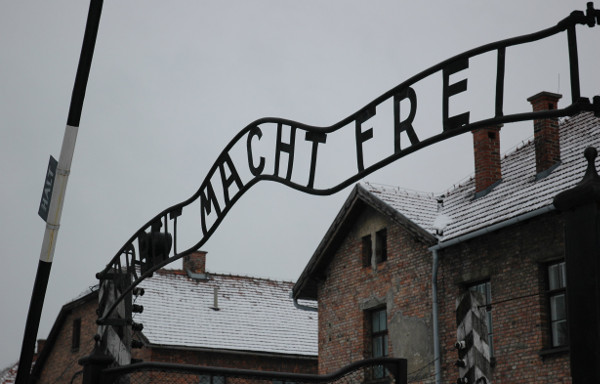
Auschwitz I
The first camp, Auschwitz I, served as the administrative centre of the entire Auschwitz complex. It was here that the notorious “Arbeit macht frei” (“Work sets you free”) sign greeted prisoners at the entrance. The camp included block houses which were used for various purposes such as barracks, workshops, and gas chambers. Notable Sites within Auschwitz I:
- Gas Chamber and Crematorium: The gas chamber and crematorium in Auschwitz I were used for executions and disposing of bodies.
- Block 11: Also known as the “Death Block,” it was used for executions and torture.
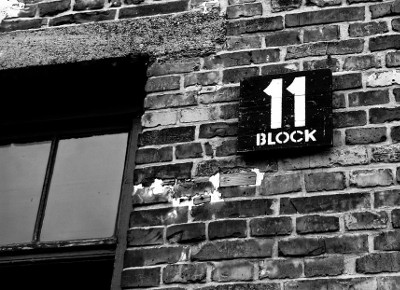
Auschwitz II-Birkenau
Auschwitz II-Birkenau, constructed in 1941, functioned primarily as an extermination camp. It housed more extensive gas chambers and crematoria designed to escalate the efficiency of the genocide. The sheer scale of Birkenau speaks to the industrial nature of the Nazi’s Final Solution.
Key Aspects of Auschwitz II-Birkenau:
- Gas Chambers: Larger and more deadly than those in Auschwitz I.
- Crematoria: Facilities that were used to cremate large numbers of bodies.
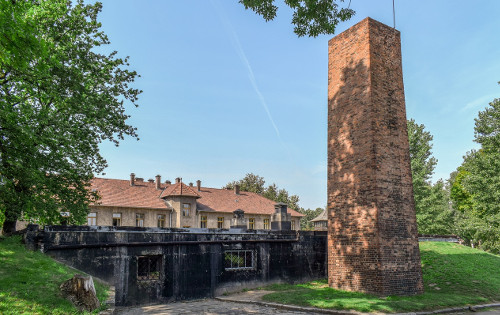
Museum Exhibitions
Your visit to Auschwitz will include various permanent exhibitions showcasing deeply moving displays.
They document the lives of the victims, the cruel conditions they endured, and the extent of the atrocities committed. An educator leads standard tours lasting around 3.5 hours, designed to ensure that the complex history is appropriately conveyed.
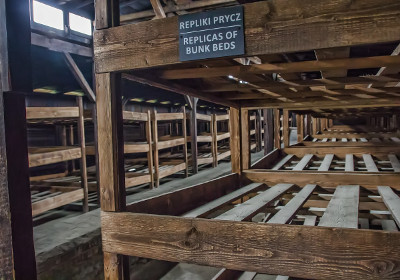
Memorial Sites
The Auschwitz-Birkenau Memorial encompasses both Auschwitz I and II, serving as a sobering reminder of the atrocities committed. It stands to educate visitors and commemorate the victims of the camp. Important Memorials at Auschwitz:
- Auschwitz I Memorial: Honouring those who suffered and perished in the original camp.
- Birkenau Memorial: This comprehensive memorial site allows for reflection on the vast extent of the genocide.
Travelling to Auschwitz
When planning a visit to Auschwitz, whether you’re coming from Krakow, Katowice, Warsaw, or another city in Poland, you have multiple transport options at your disposal including train, bus, or car. Each method offers different benefits depending on your preferences for convenience, cost, and travel time.
By Train
From Krakow: Your journey by train will start from Krakow Main Station (Kraków Główny) to Oświęcim, the town closest to the Auschwitz-Birkenau Memorial and Museum. The duration of the train ride is usually about 1.5 to 2 hours.
Once in Oświęcim, you can take a short taxi ride or walk to the museum, which is about 2 km from the train station. Train services to consider:
- Intercity: Faster services, often requiring reservation.
- Regional trains: More frequent but slower.
Ensure to check the current timetable before your trip as schedules may change.
By Bus
Travelling by bus may be more direct than taking a train in some cases. From Krakow, you can find multiple services that run directly to the Auschwitz Museum with a travel time of approximately 1.5 hours.
Buses usually leave from the main bus station (Dworzec Autobusowy MDA) in Krakow and drop you within a walking distance to the museum.
Keep in mind that during peak tourist seasons, it’s wise to book your bus tickets in advance.
By Car
Driving to Auschwitz by car offers you flexibility and comfort. If you’re using a GPS, input the destination as Auschwitz-Birkenau Memorial and Museum or the town of Oświęcim.
The drive from Krakow can take up to 1.5 hours depending on traffic. Poland’s road network is well-maintained, but always check local traffic reports for any disruptions or construction work.
When arriving by car, look for the designated car parks within close proximity to the museum entrance. Car park fees are typically required, so ensure you have local currency on hand for this. Read also How Much is the Entry Fee for Auschwitz?
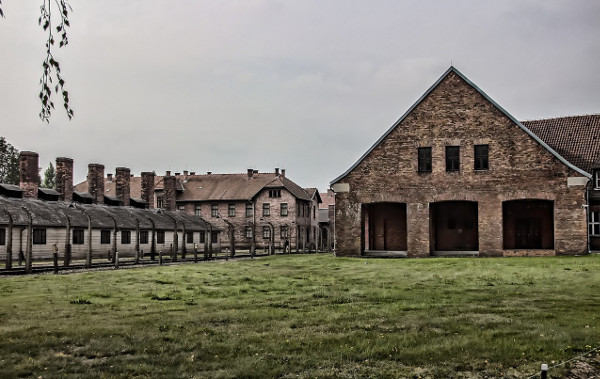
Guided Tours
When planning a visit to Auschwitz, you have the choice between an independent visit or a guided tour. Guided tours offer a structured and educational experience with insights from knowledgeable guides.
Independent vs Guided Tours
Guided tours can enhance your understanding of the historical significance of the site. On the other hand, an independent visit allows you to explore at your own pace, though you may miss the detailed knowledge provided by a guide.
Guided tours often include set starting times throughout the day and can range from quick overviews to comprehensive study tours.
- Independent Visit:
- Pros: Move at your own pace; personal time for reflection.
- Cons: Less informative; easy to miss important details.
- Guided Tours:
- Pros: Expert information; structured visit; potential for Q&A.
- Cons: Fixed schedule; less personal time.
Finding a Guide
To find a guide for a museum tour, booking in advance is crucial. The Auschwitz Museum offers a variety of guided tour options:
- General tours (2.5 hours & 3.5 hours)
- Focused on small groups of participants.
- Led by an English-speaking guide.
- One-day Study Tours (6 hours):
- In-depth exploration of both Auschwitz I and Auschwitz II-Birkenau.
- Two-day Study Tours:
- More detailed visit over two consecutive days.
For a guided tour, identify a reputable meeting point which could be at the museum or a pre-arranged location in nearby cities.
Some tours from Krakow include live guide narration during transit, enhancing your knowledge before arriving.
Always check if the guide is a certified historian or a trained professional to ensure accurate and sensitive presentation of the site’s history.
Make sure to inquire about the guidebook options if you prefer more freedom but still want reliable information.
Additional Attractions
While planning your visit to Auschwitz, consider incorporating nearby attractions to your itinerary for a more comprehensive experience of the area’s historical and cultural offerings.
Wieliczka Salt Mine
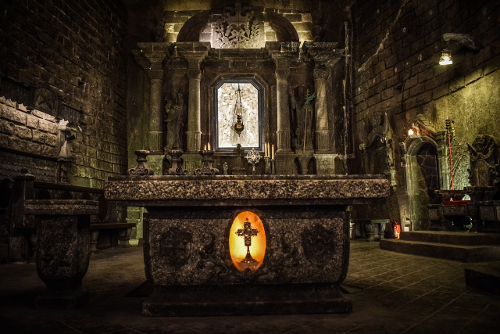
Wieliczka Salt Mine, a UNESCO World Heritage Site, is a marvel of underground architecture. Here, you can explore a labyrinth of tunnels, chambers, and lakes, all carved out of rock salt. Notable features include intricately carved chapels, including the stunning St. Kinga’s Chapel, and unique salt sculptures.
Krakow City
In Krakow, you have the chance to immerse yourself in a city brimming with history. The Main Market Square (Rynek Główny), Wawel Royal Castle, and the historic Jewish Quarter, Kazimierz, are must-visit landmarks. The city also offers a wealth of museums, galleries, and vibrant culinary spots.
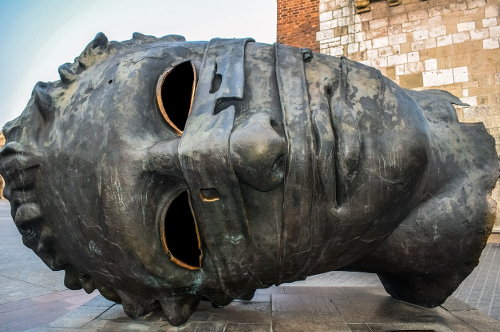
Nearby Points of Interest
Amongst the nearby points of interest:
- Oskar Schindler’s Factory: Discover the story of the German industrialist who saved the lives of his Jewish workers during World War II.
- Pharmacy Under the Eagle: This is a historical pharmacy where you can learn about the extraordinary acts of Tadeusz Pankiewicz during the Kraków Ghetto.
- Energylandia: For a change of pace, visit this amusement park located in Zator, less than an hour’s drive from Krakow, offering excitement for all ages.
Practical Information
When planning your visit to Auschwitz, it’s important to consider accommodation, what to pack, and the on-site facilities. This will ensure your trip is as smooth and respectful as possible.
Accommodation
Depending on the duration of your visit, you may need to arrange overnight stays. If you’re visiting from Krakow, you can easily do a day trip as it is about 75 km away.
For a more paced experience or late tours, consider accommodation in nearby cities like Krakow or Oswiecim. Pickup and drop-off services may be available from your hotel if you opt for a guided tour.
Packing Essentials
- ID Card/Passport: Always carry personal identification as it may be required at the entrance.
- Comfortable Shoes: You will be walking quite a bit, so wear comfortable footwear.
- Weather-appropriate clothing: Check the forecast and dress suitably; the visit can last several hours.
Facilities
Auschwitz offers a range of facilities to ensure the needs of visitors are met:
- Toilets: There are facilities available at the site, including for the disabled.
- Car Park: If you’re driving, paid parking is available.
- The site has areas for rest and reflection, but as a mark of respect, eating is not permitted within the museum areas.
Before You Leave
Before embarking on your visit to Auschwitz, it’s crucial to ensure all preparations are handled meticulously. This includes confirming your full name and passport details are up-to-date, securing an entry pass, planning your itinerary carefully, and understanding the cancellation policy.
Checklist
- Full Name: Verify your full name on all travel documents matches your passport.
- Passport: Ensure your passport is valid for at least 6 months beyond your trip dates.
- Entry Pass: Book your entry pass to Auschwitz in advance to secure your spot.
- Itinerary: Draft a detailed itinerary of your travel from Polish cities to Auschwitz.
- Essentials: Pack appropriate clothing for weather conditions and any necessary personal items.
Itinerary Planning
- Travel Time: Allocate ample time for travel when drafting your itinerary.
Trips from Krakow can take around 1.5 hours by road. - Tour Options: Decide if you prefer a guided tour, which includes transport and a museum guide, or an independent visit.
- Transport: If travelling independently, research public transport options or driving routes ahead of time.
Cancellation Policy
- Guided Tours: Check the cancellation policy of your Auschwitz guided tour, which often allows cancellations up to 24 hours beforehand for a full refund.
- Museum Entrance: For those visiting independently, review the Auschwitz Museum’s cancellation terms for any pre-booked tickets.


